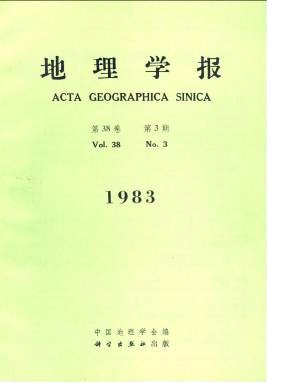Cheng Lu
After Liberation, under the State leadetship, and with its energetic support, great achi-evements were made in China’s industrial and agricultural production. However, before 1978, the vegetative covers were being damaged owing to indiscriminate felling of trees, over grazing of grasslands and excessive land reclamation for farming. Furthermore, water and mineral resources were not rationally utilized, nor were the industrial productive forces and transport network rationally distributed All these lead to serious soil erosion in some places, which, in turn, resulted in a rapid drop of the varieties of wild animals and plants, in the reduction of the carrying capacity of pastures, in the aggravated wind erosion, and in the serious environmental pollution in some industrial bases. In short, the irrational exploitation and utilization of natural resources brought about the deterioration of the natural environ-ment.The present article consists of three parts, dealing with the existing problems mentioned above. In Part I, the author points out that, in order to maintain ecological balance and to make the natural environmmnt more suitable for living and production, it is desirable to draw up an overall and comprehensive territorial planning. It is the central task in exploi-ting and harnessing the territory rationally. This part discusses the task, characteristics, con-tents and types of the territorial planning, as well as its regional division. The author holds that the task of the planning are to make a comprehensive survey of the natural, human and economic resources, and to exploit, utilize, control and protect the resources rationally. The planning, therefore, should be regional, comprehensive and strategic in nature.It is also argued about that the territorial planning, is, in fact, the regional planning. This paper explains this point of view wuh examples. There are roughly two types of terri-rorial planning, namely the national and the regional. The latter may refer to those for the province or for the autonomous region.To conclude, the discussion in Parts II and III centers on the assertion that a study of economic regionalization is the foundation to draw up the territorial planning, and the long-term plan of the national economy should be based upon the territorial planning. In a coun-try with a vast territory like China, the regional differentiation is so prominant in physical, social and economic conditions that it is of vital importance to develop regional predomina-nce. The economic development of a region must adapt to the local conditions. Therefore, both the territorial planning and the economic regionalization should be made from a regio-nal, comprehensive and comparative point of view. Of course, all these problems need fur-ther study.
